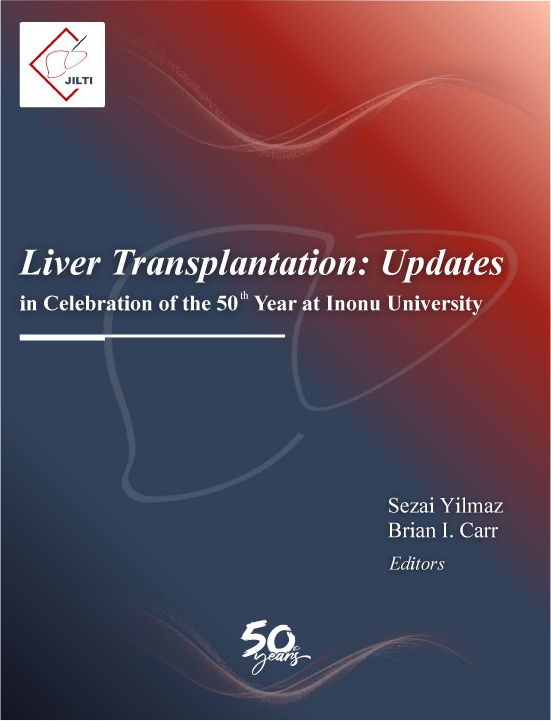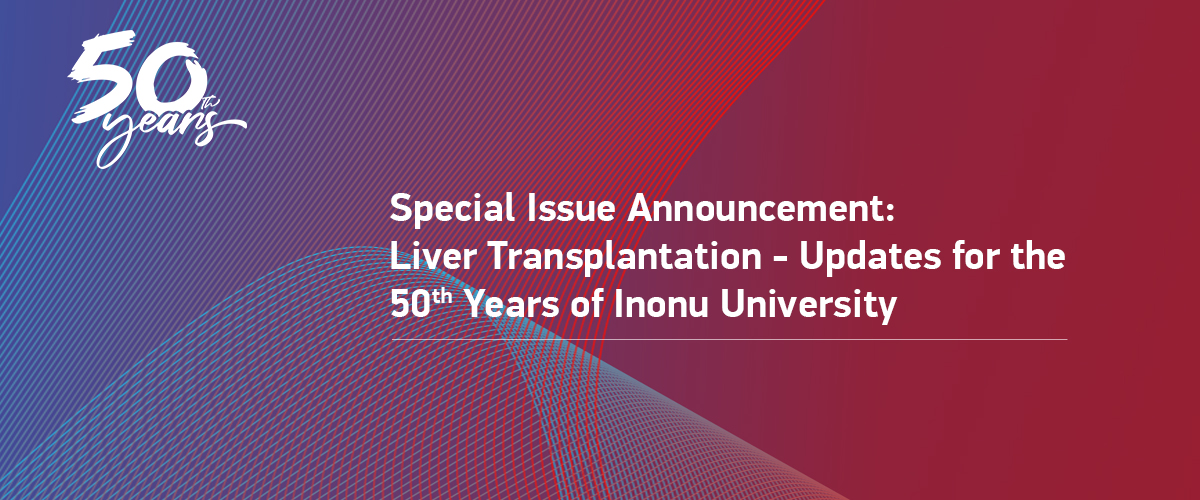Unraveling Transcriptomic Differences in Hepatocellular Carcinoma and Intrahepatic Cholangiocarcinoma Through RNA-Seq and Functional Enrichment
Zeynep Kucukakcali1, Sami Akbulut21Department of Biostatistics and Medical Informatics, Inonu University Faculty of Medicine, Malatya, Türkiye2Department of Surgery and Liver Transplant Institute, Inonu University Faculty of Medicine, Malatya, Türkiye
Objectives: Hepatocellular carcinoma (HCC) and intrahepatic cholangiocarcinoma (iCCA) are the most common primary liver cancers that differ in origin and histopathological features. This study aimed to identify the differentially expressed genes and dysregulated pathways between HCC and iCCA using transcriptomic and bioinformatics analyses.
Methods: Gene expression data were obtained from the GEO database (accession number GSE241466), comprising RNA-seq profiles from 3 HCC and 5 iCCA tumor samples. Data were processed and analyzed using the limma package in R, applying a |log2 fold change| > 1 and adjusted p-value < 0.05 as significance thresholds. Visualization techniques including UMAP, volcano plots, were employed. Functional enrichment analysis of DEGs was conducted via the clusterProfiler package, integrating gene ontology terms and gene-concept network plots to explore relevant biological processes and molecular functions.
Results: Out of 17,637 genes, a total of 1,248 genes were found to be significantly differentially expressed between HCC and iCCA. UMAP analysis demonstrated clear clustering and separation between the two cancer types. Enrichment analyses revealed key biological differences, notably in metabolic reprogramming, extracellular matrix organization, and neuron projection develop-ment. Notably, genes such as NLGN1, EPHA6, and SEMA3E, involved in neural differentiation and signaling, were significantly enriched in iCCA, suggesting a potential role of neuron-like features in its progression. Conversely, HCC samples were characterized by upregulation of genes linked to amino acid metabolism and hepatocellular-specific functions.
Conclusion: This study elucidates the molecular divergence between HCC and iCCA, identifying distinct gene expression profiles and enriched biological pathways. The activation of neural signaling pathways in iCCA, coupled with differential engagement of metabolic and morphogenetic processes, suggests subtype-specific mechanisms that could inform future diagnostic and therapeutic strategies. These findings provide a foundation for the development of tailored clinical interventions in primary liver cancers.
Keywords: Differential gene expression, gene ontology, hepatocellular carcinoma, intrahepatic cholangiocarcinoma, RNA-seq, tumor biology
Manuscript Language: English





